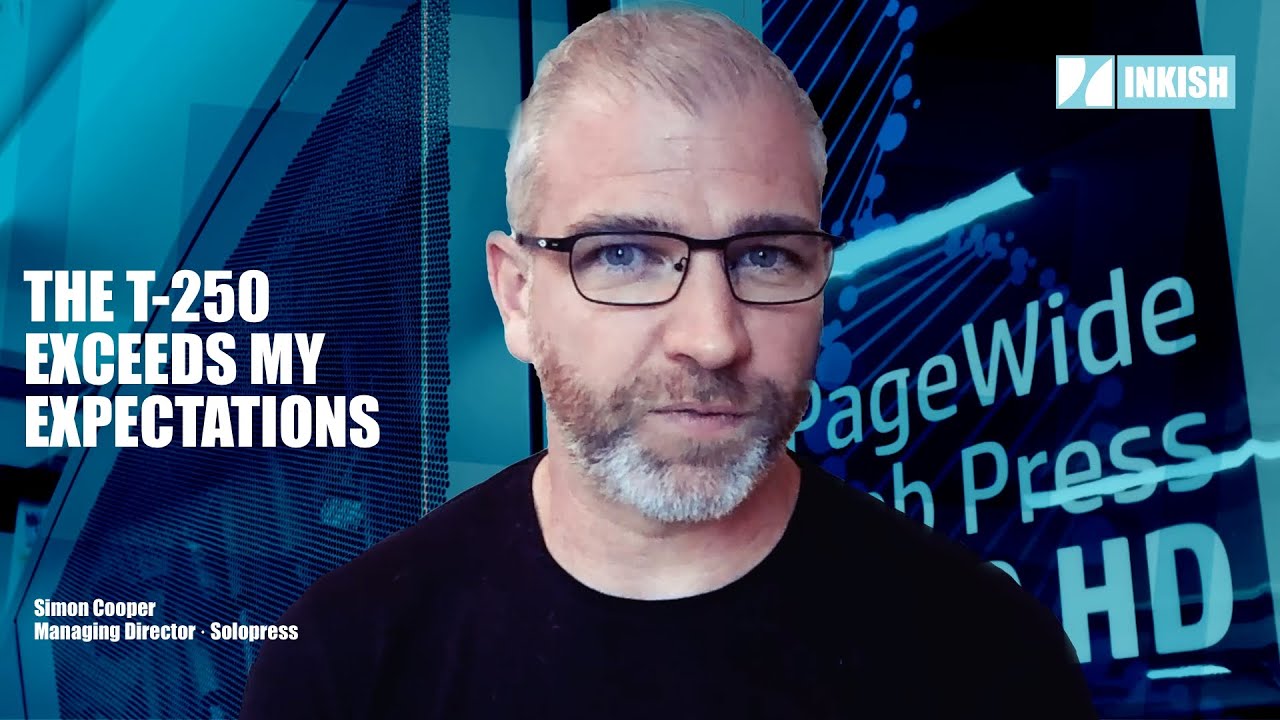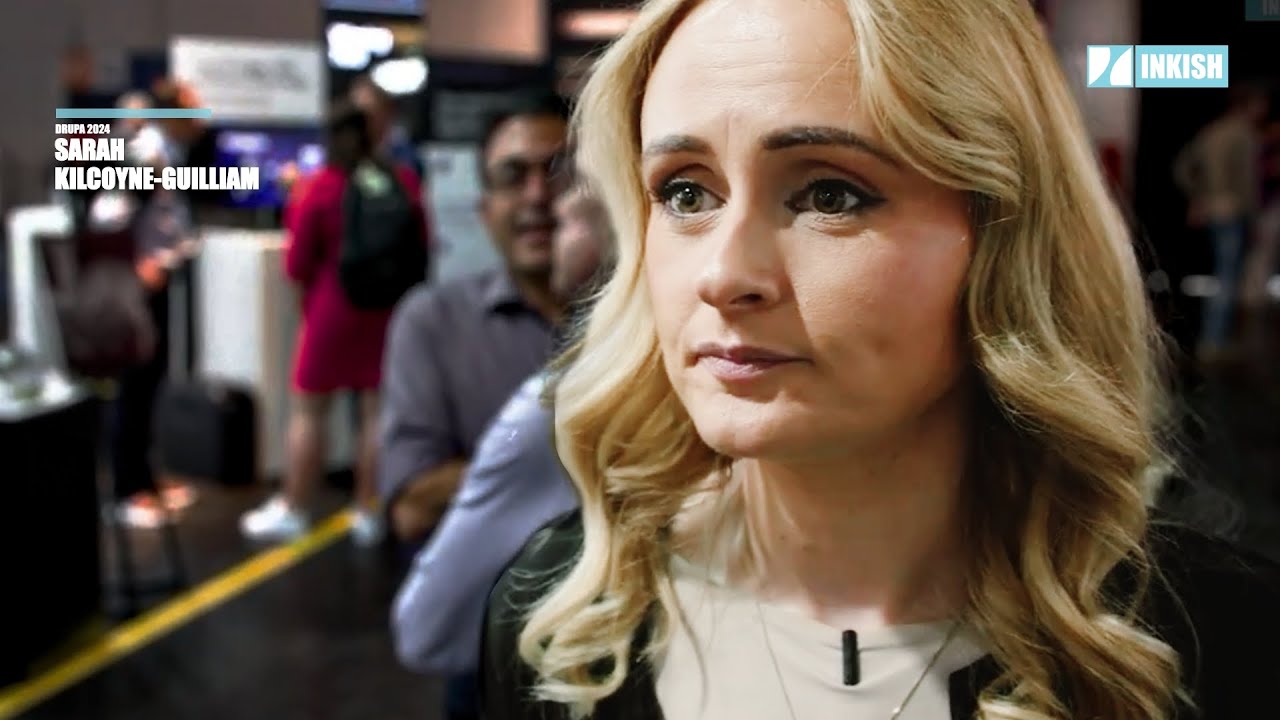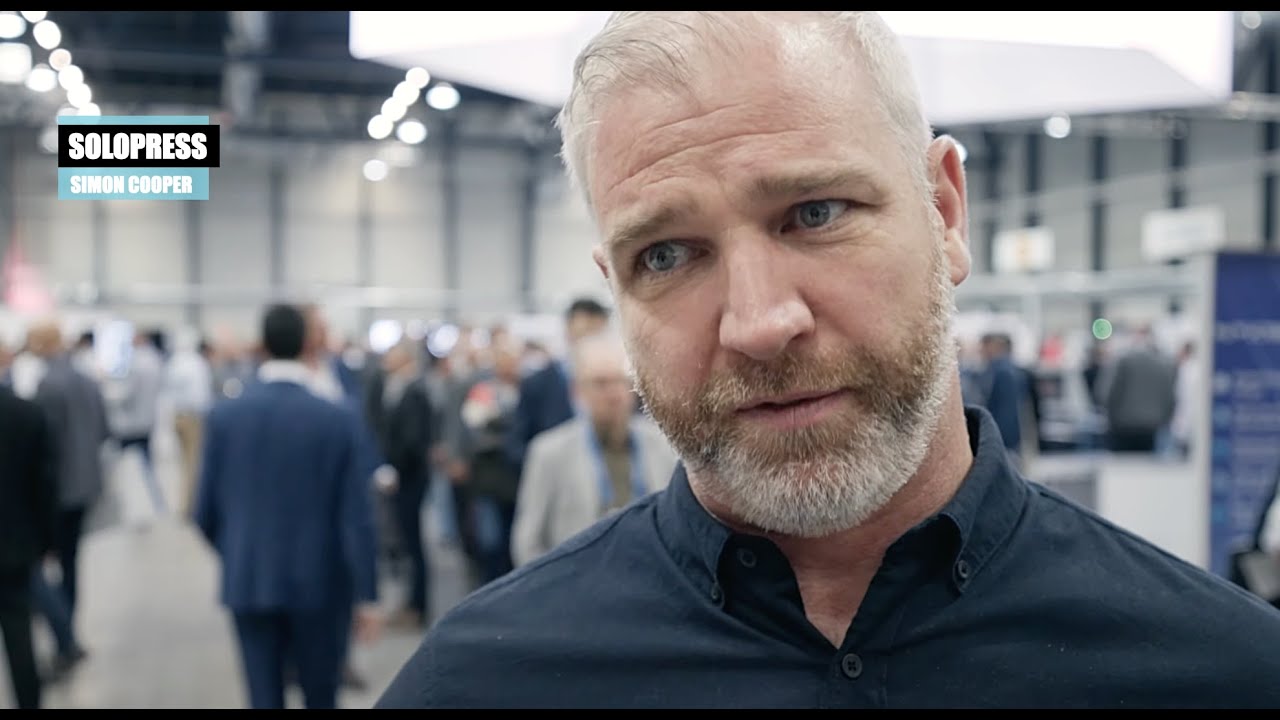The HP T-250 Exceeds my Expectations · Simon Cooper · Solopress
Solopress in the UK is in many ways a first-mover in the printing industry – and being the first HP T-250 Wide page customer in Europe, it’s, of course, interesting to hear what Managing Director Simon Cooper has to say about the investment.
Solopress is a commercial printing company, and with HP’s new Brilliant Ink and highspeed inkjet, Solopress now takes a huge step in offering print that would have been printed on analog equipment in the past.
Interesting times, ladies and gentlemen. This film was part of our Learn With Us Inkjet. Enjoy!
My name is Simon Cooper, I’m the Managing Director of Solopress. We’re a commercial printing company based in the U.K. In Southend-on-Sea, which is down in the southeast. The business has been established for 20 years. We produce typically fliers and leaflets. Probably the most popular products. But also business cards and business stationery. Brochures, catalogs and also a lot of wide format products. So quite an array. And we produce on line for equipment traditionally, but then have extensive digital equipment. We’re still operating at Xerox, but primarily now Indigo and then also most recently Inkjet. As well as the wide format, which is another form of inkjet.
What kind of considerations does your team have before making new investments?
I guess the challenge for any manufacturing business, printing business, is looking at how you can do things more efficiently, more effectively. And that enables you to either make better margins or pass better prices onto to your customer and capture more market share. So I’d say that’s a sort of ongoing pursuit. And, you know, it’s been part of the DNA of the business from day one. So, you know, with that as the backdrop we’re always looking at what new technology exists in the market. And is there a better way? A more efficient way of producing work than what we’ve been doing traditionally?
Why did you choose to invest into the HP Pagewide Web Press T250HD?
As I say, we identified a number of vendors that had technology that was able to produce the right quality. HP with the T-250, which was not launched at that point, was in the running. And then we just went through, you know, a real kind of stringent process of, you know, looking at workflow, looking at the print quality, looking at some practical elements like the size of the technology. So as I said, what we are looking to do is remain relatively small floorplan, if you like, relatively. And not move the business. But actually gain more production capacity in the same space. As well as the added benefit, I would say, of being part of the HP organization. We already have a relationship there. We are already operating with the Indigos. And being able to actually extend our relationship on the Indigo side and also bring in the T-250. It just ticked all the boxes for us. And gave us the perfect blend of what we were looking for. So we reduced production complexity. That gave us more capacity and increased margin basically.
Is it too soon to say if the investment is good from a financial perspective?
No, I don’t think it is too early. So, you know, the gambles, I think from our perspective we’re OK. We’re moving into printing on reels, which is a completely new experience for us. So, you know, how well will that work? We needed to integrate a new workflow system to enable us to print to the reels and do the correct batching and so on. So there was a risk there. I was still, even though I’d spent a lot of time looking at print samples and convincing myself that the quality was right. The kind of acid test, if you like, the Pepsi Challenge, was to send those to the customers and see what their reaction was. And the only way we could really do that was, was to actually get up and running with the technology. But I was you know, I was nervous about that. And the other variable in the element that you never totally clear on is what are your actual costs going to be. Because it has all to do with ink consumption. You know, we are used to a world where in life your consumables play a part, but relatively speaking, very, very low. Those are not the, you know, the biggest variable costs on production. And in digital world, we used to just paying a click. Which is consistent no matter which job you produce. So with Inkjet, we had to do lots of calculations to work out what our cost would be. And we built a model around what we believed ourcosts would be. So then after installing it, you know, the big question for us is, again, how do we manage printing on reels action very effectively? How’s it gone with the new workflow system? Really good. And here we are using Site Flow and it’s worked very well for us. And so we see big efficiency gains there, which is exciting. Then on the quality, it has exceeded my expectation in all honesty. So, you know, we monitor the quality complaint rate we get from customers based on different devices that we print on. So whether it be in digital or wide format or whatever. And the complaint rate on the Inkjet at this moment in time is as low as any other device that we have in the business. So it sits in line with our next best, if you like. And then on the price, you know, and the variability of ink consumption and so on. We did our modeling and our calculations and actually it’s come out exactly as we’d model that to be. So this is a big kind of relief there. So, you know, the modeling we did meant that, you know, it absolutely made sense to make this investment. So we had to make sure that in reality it wasn’t just modeling. But we actually saw that come through. And we have. And so the investment has proven to be a really smart move. So, yeah, I think I’ve said it before and I can say it again. We are happy.





































































